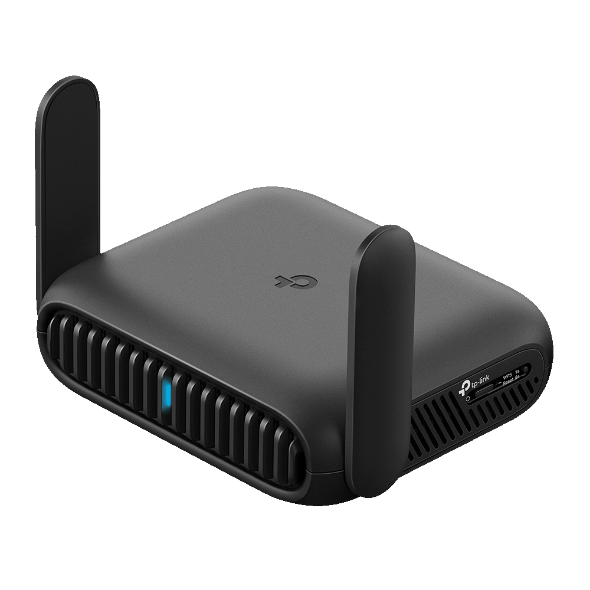How to select the operating mode of TP-Link wireless multiple modes devices
Some TP-Link devices have multiple operating modes, such as AP/ Wireless Router/ Range Extender/ Client/ Hotspot. It can be confusing to choose the right mode. This article explains the functionality of each mode to assist you in making an informed decision.
Note: Some models may not support the modes mentioned in this article. Please refer to the device's specifications to see which modes are available.
1. AP Mode (converting an existing Ethernet network into a Wi-Fi one)
AP mode is primarily used to convert a wired connection into a wireless one. It functions similarly to a switch and is typically placed behind a router. If you're in an office, hotel, or any location where only a wired network is accessible but you require a temporary wireless network, AP mode is the ideal choice.
.jpg)
2. Wireless Router Mode (for home Internet sharing)
Similar to the AP mode, the Wireless Router mode allows you to share a single wired internet connection among multiple devices. The key difference is that it functions as a router itself and does not require connection to another router. It supports various connection types, such as Dynamic IP, Static IP, PPPoE, L2TP, and PPTP.
If your modem only provides internet access to one device at a time, you'll need to use the Wireless Router mode to extend the internet to multiple devices.
.jpg)
3. Range Extender mode / Repeater mode (for home Wi-Fi extension)
The Range Extender or Repeater mode aims to expand the wireless coverage area while maintaining the same Wi-Fi password as the router's. If you already have a wireless network and there are Wi-Fi dead zones, consider using Repeater Mode. In this mode, you can also configure the extender's Wi-Fi name to match the router's, enabling your wireless devices to roam smoothly across the entire area.
.jpg)
4. Bridge Mode (for home or business networking)
Similar to Range Extender mode, Bridge mode expands the existing wireless internet but uses a different wireless name (SSID) and password. This setup allows for the creation of two separate networks for different groups of users sharing the same internet connection.
Bridge Mode is ideal for small restaurants, bars, homes, offices, and other places where internet service needs to be provided to guests without disclosing the password of the host's existing network.
.jpg)
5. Client Mode (converting an existing Wi-Fi network into a wired one)
In Client Mode, it connects to a wired device and functions as a wireless adapter, allowing it to receive signals from your wireless network.
For devices like Smart TVs, Media Players, or game consoles that have an Ethernet port, use Client Mode to enable Wi-Fi connectivity and grant them access to your wireless network.
.jpg)
6. Hotspot / WISP Mode (Creating your personal Wi-Fi hotspot from a public Wi-Fi network)
In Hotspot/WISP mode, it can connect to a public wireless network and share that connection with its clients. The wireless connection acts as its WAN side. It also supports various connection types, including Dynamic IP, Static IP, PPPoE, L2TP, and PPTP.
If the wireless station limits the number of clients or requires a username and password to connect, you should use Hotspot/WISP mode.

7. 3G/4G USB Modem Mode (Sharing a 3G/4G USB modem’s Internet with other devices)
If you have a 3G/4G modem with Internet access, you can connect it to the USB port of the TP-Link device to share the Internet access to multiple clients.

8. USB Tethering mode (Sharing a mobile device’s cellular data with other devices)
This mode allows you to share your smartphone's internet connection with multiple devices.

Get to know more details of each function and configuration please go to Download Center to download the manual of your product.
Is this faq useful?
Your feedback helps improve this site.
TP-Link Community
Still need help? Search for answers, ask questions, and get help from TP-Link experts and other users around the world.
-3.0-package_normal_1584497266805j.png)

